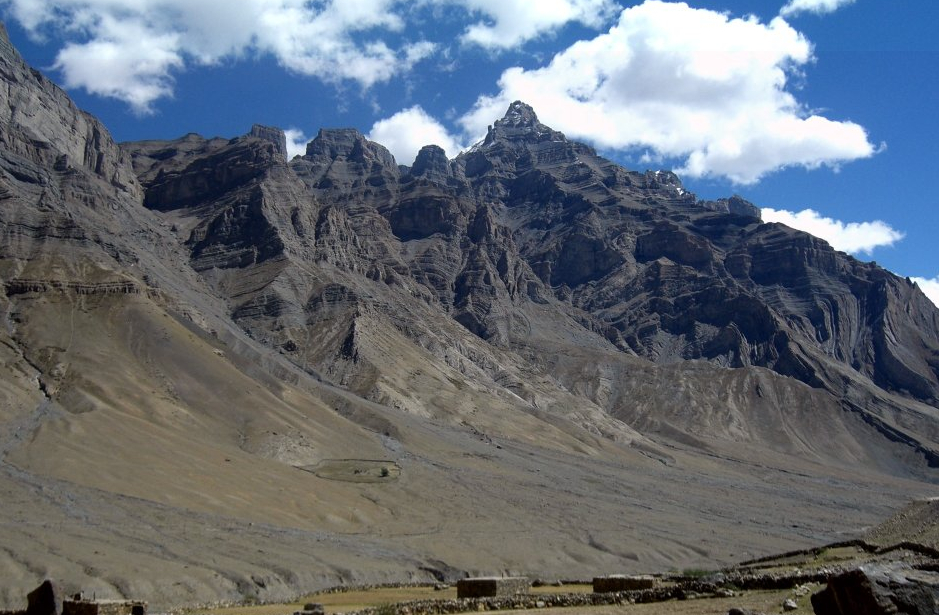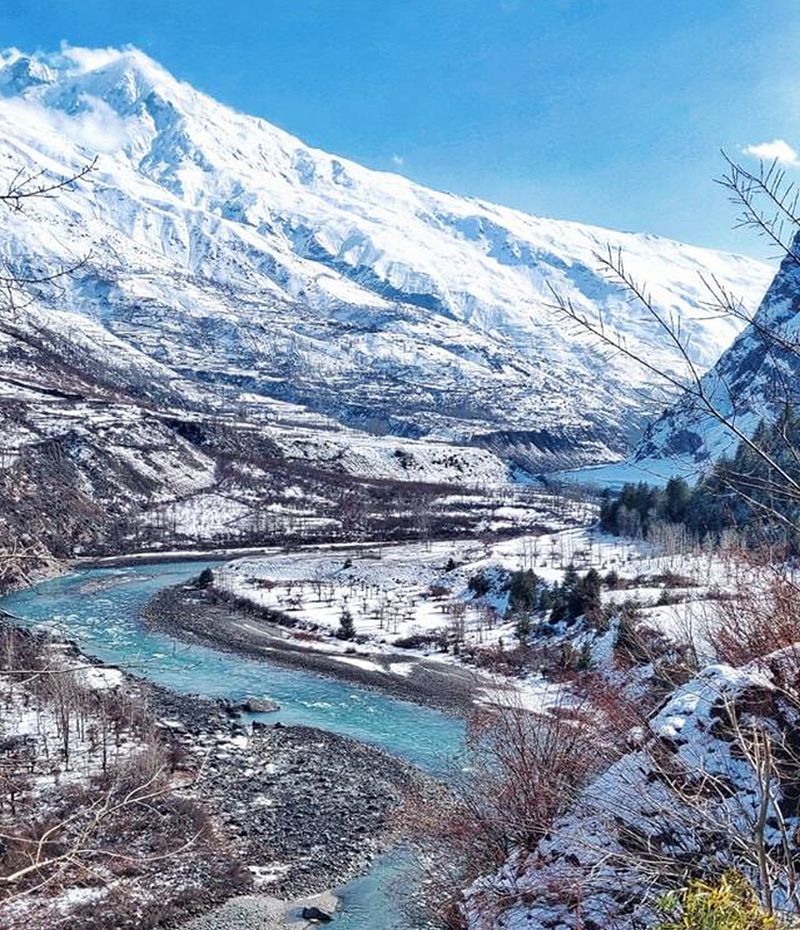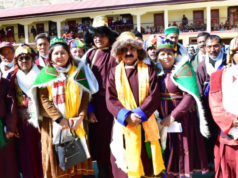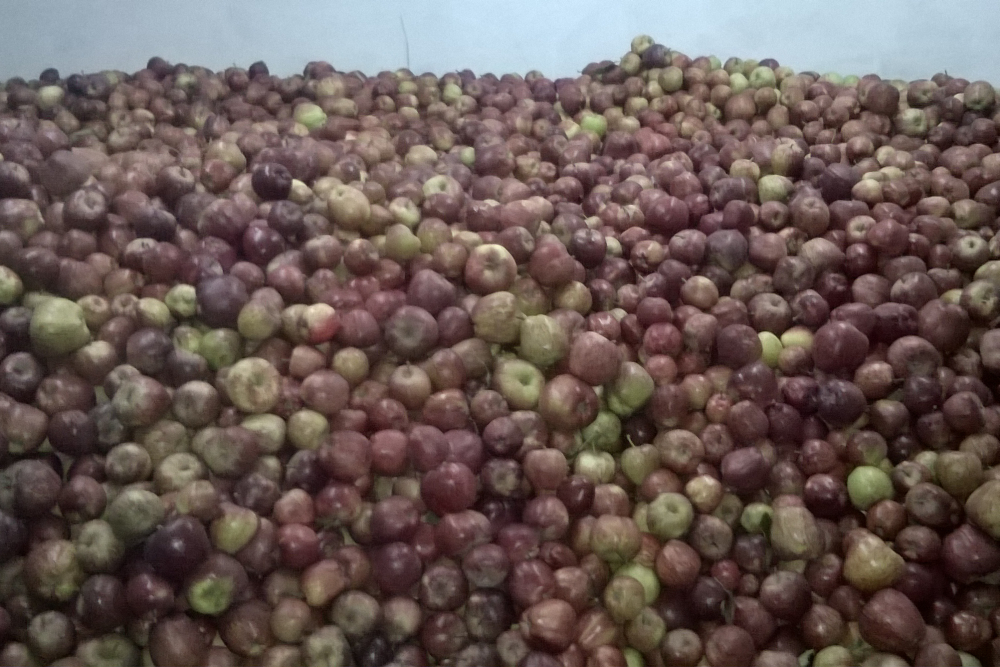In order to sensitize local inhabitants about environment and bio-diversity conservation and also seek their active participation in the development and conservation of ‘Spiti Cold Desert Biosphere Reserve’ (CDBR). The State Government is carrying out various initiatives to exploit the precious forest wealth and non-conventional energy which could lead to betterment of their socio-economic conditions.
Among total 18 CDBR of the country, only Spiti area of Himachal Pradesh was declared ‘Cold Desert Biosphere Reserve’ in the year 2009. Bestowed with abundant natural beauty and representing unique bio-physical features of Trans Himalayan Ecosystem, it is spread over area of 7770 sq. kms. in Lahaul & Spiti district of the State.
The CDBR comprises of Pin Valley National Park and its surroundings, Chandertal and Sarchu and Kibber Wildlife Sanctuary. The pride of Spiti Valley and one of the oldest monasteries, the Tabo Monastery been declared as “World Heritage site”. By effectively implementing this project efforts would be made for inclusion of CDBR under “Man and Biosphere” (MAB) programme of UNESCO.
A plan of Rs.5.12 crore recently submitted by the Wildlife Wing of the Forest Department of the State, under Management Action Plan Project to the Ministry of Environment, Forests and Climate Change has been sanctioned. The Forest Department would implement the Project through Local Committees including women representative from Gram Panchayats over a period of five year. In the first phase, plan of Rs.81.48 lakh has been received by the Department for the year 2014-15 to carry out various activities in this regard.
The components of the Comprehensive Management Action Plan (CAMP) include awareness and capacity building of local communities and staff, improving infrastructural facilities, habitat restoration, bio-diversity conservation, socio-economic development through promotion of farm cultivation and animal husbandry, non-conventional energy and fuel saving devices, water supply, cultivation fo medicinal and aromatics plants etc.
The CDBR is mostly dominated by more than 500 herbaceous and scrub species. More than 118 species of valuable medicinal and aromatic plants are found in the area. The notable shrubby species are Junipers, Hippophae, Myricaria, Caragna, Rosa, Lonicera, Ephedra etc. The high value medicinal species are Aconitum, Podophyllum, Swertia, Rheum, Thymus, Picrorrhiza etc. The rare wildlife species found are Snow Leopard, Wolf, Brown and Black Bear, Blue Sheep, Ibex, Tibetan Gazzle, Red Fox, Weasel, Marmot, Griffon, Lammergeyer, Golden Eagle, Snow Cock etc.
Components of the CAMP dove tails with the Snow Leopard Protection Programme of Rs. 5.15 crore underway in the parts of the Spiti Cold Desert Biosphere Reserve which the Snow Leopard programme takes care of the wild flora and fauna of the Snow Leopard zone, the CAMP provisions complement the holistic development efforts by concentrating on human development aspect live-hood etc.
The studies and research proposals include dissemination of best practices of biodiversity conservation, monitoring of glaciers receding, climate change.
Through the support of local committees in taking decisions, the Forest Department would endeavour to achieve the plan objectives of holistic development of the area. The training and capacity building components would target staff officials, other department officials and members of the local community and make them partners in implementation.














